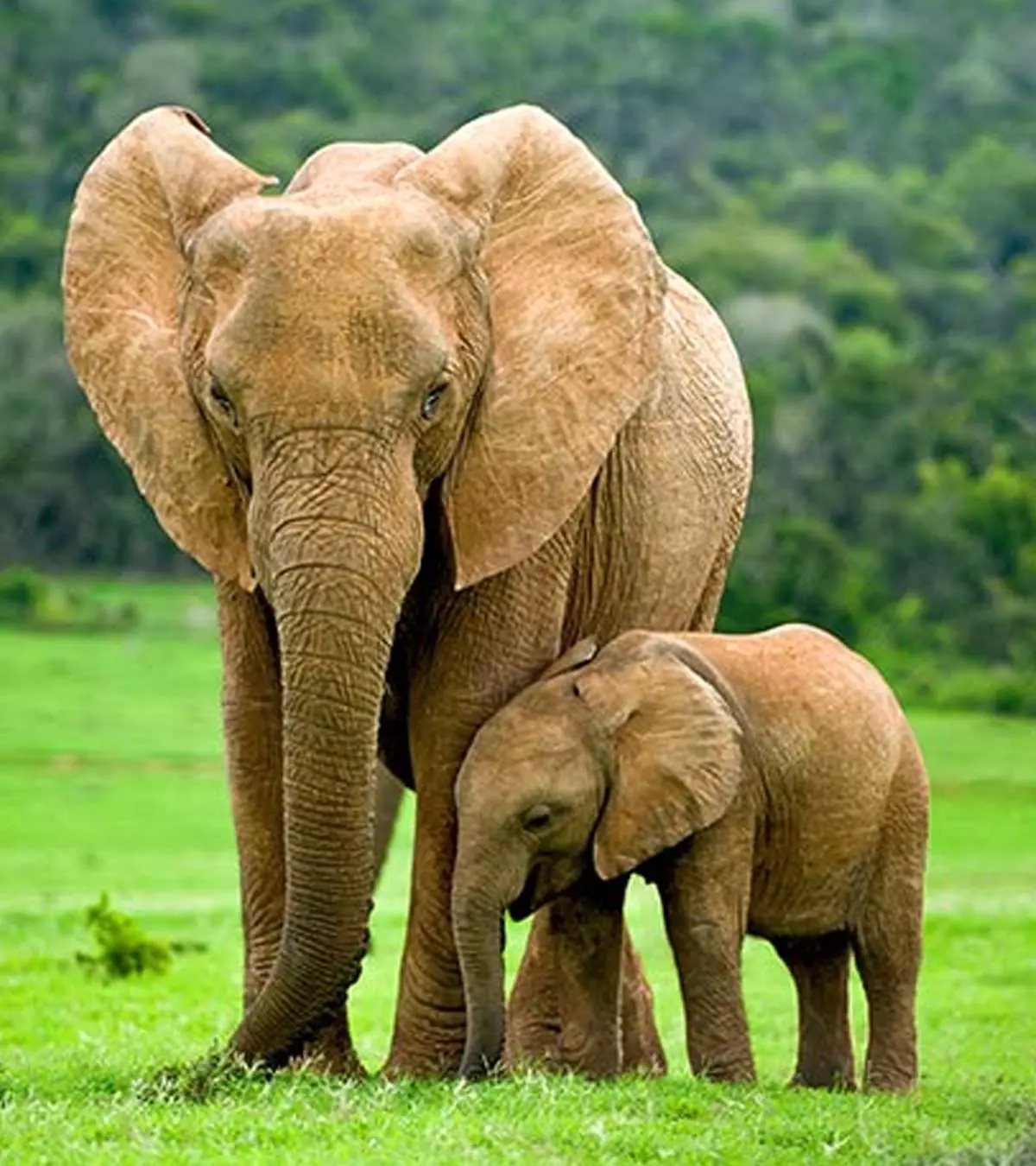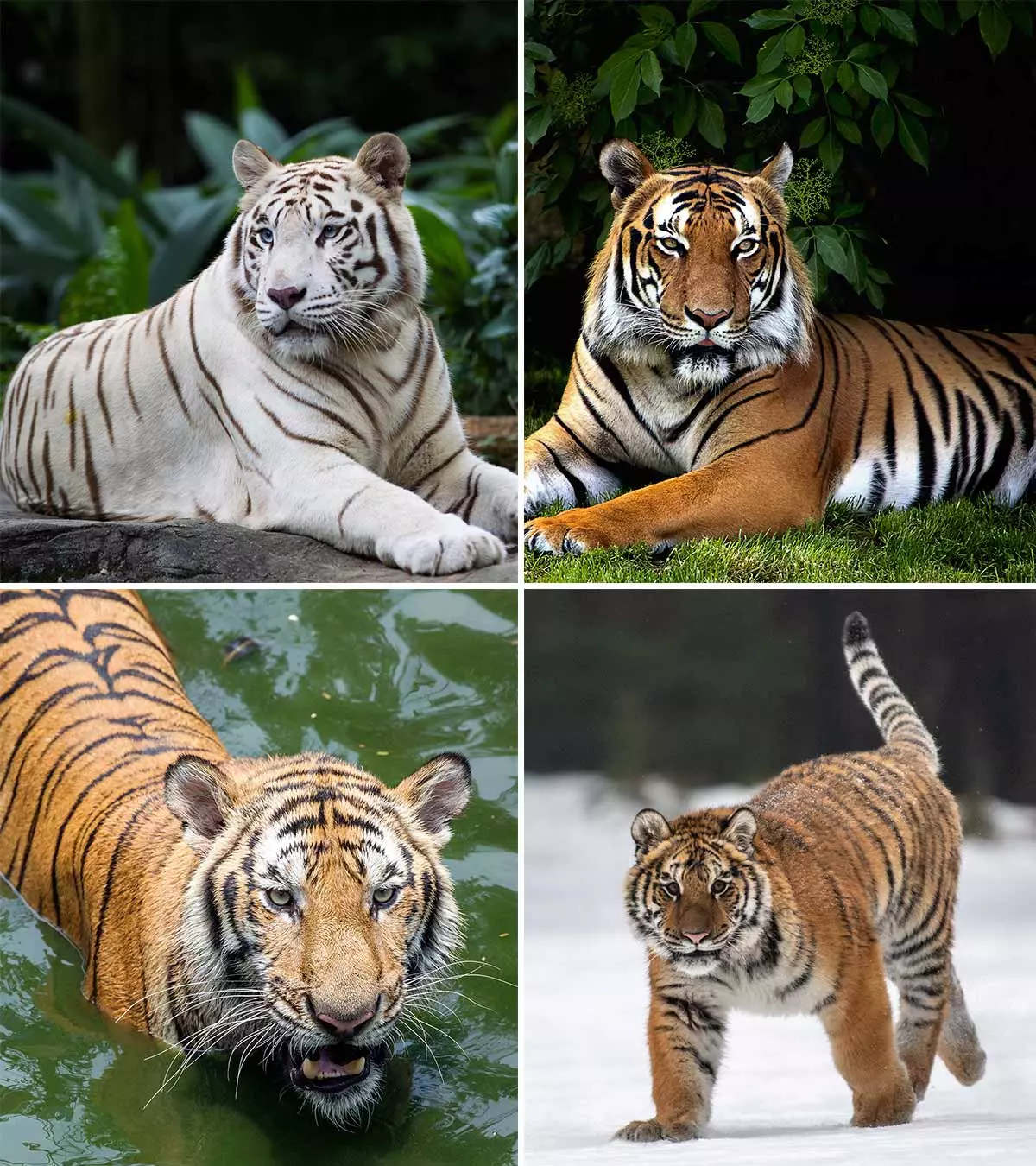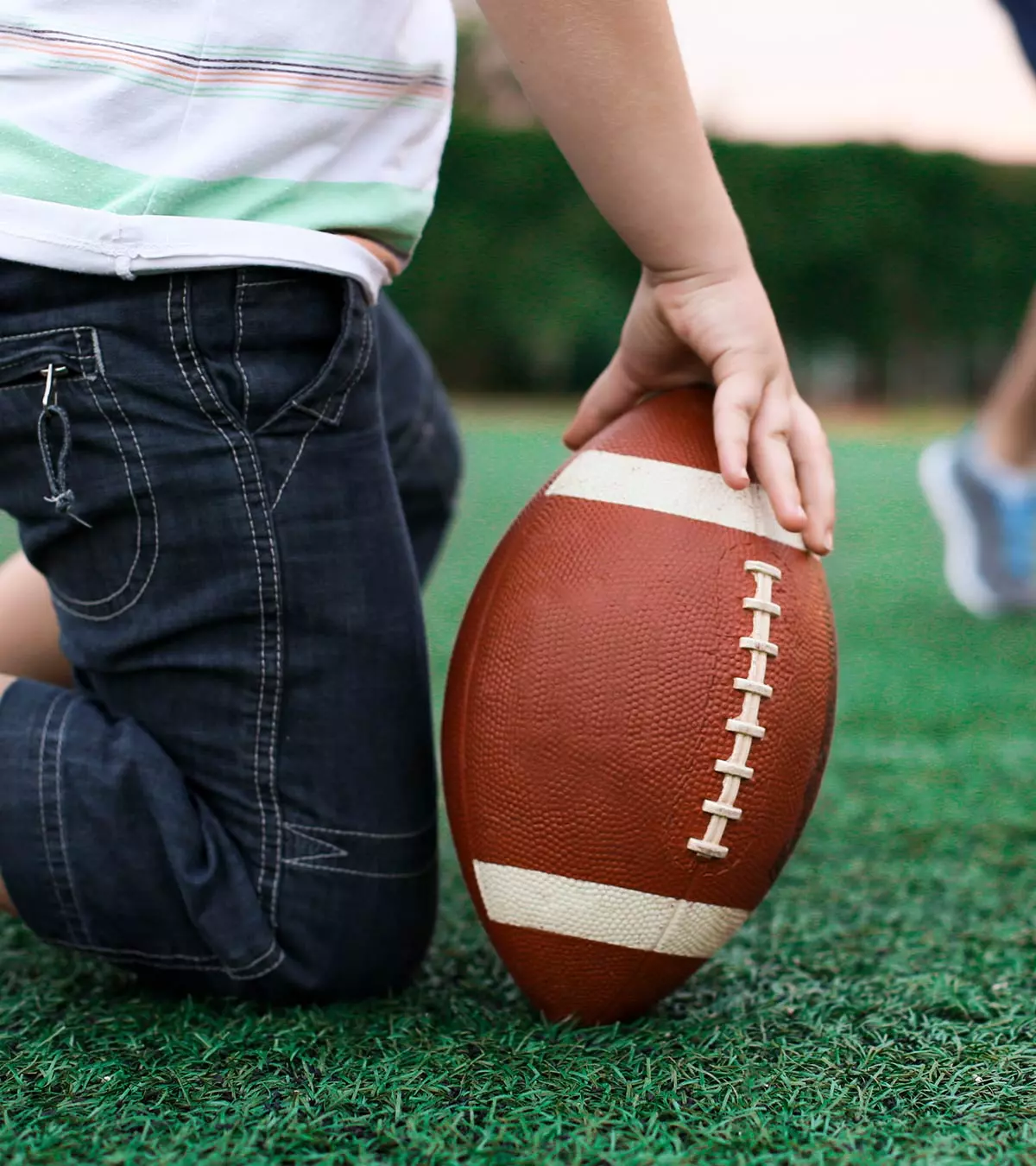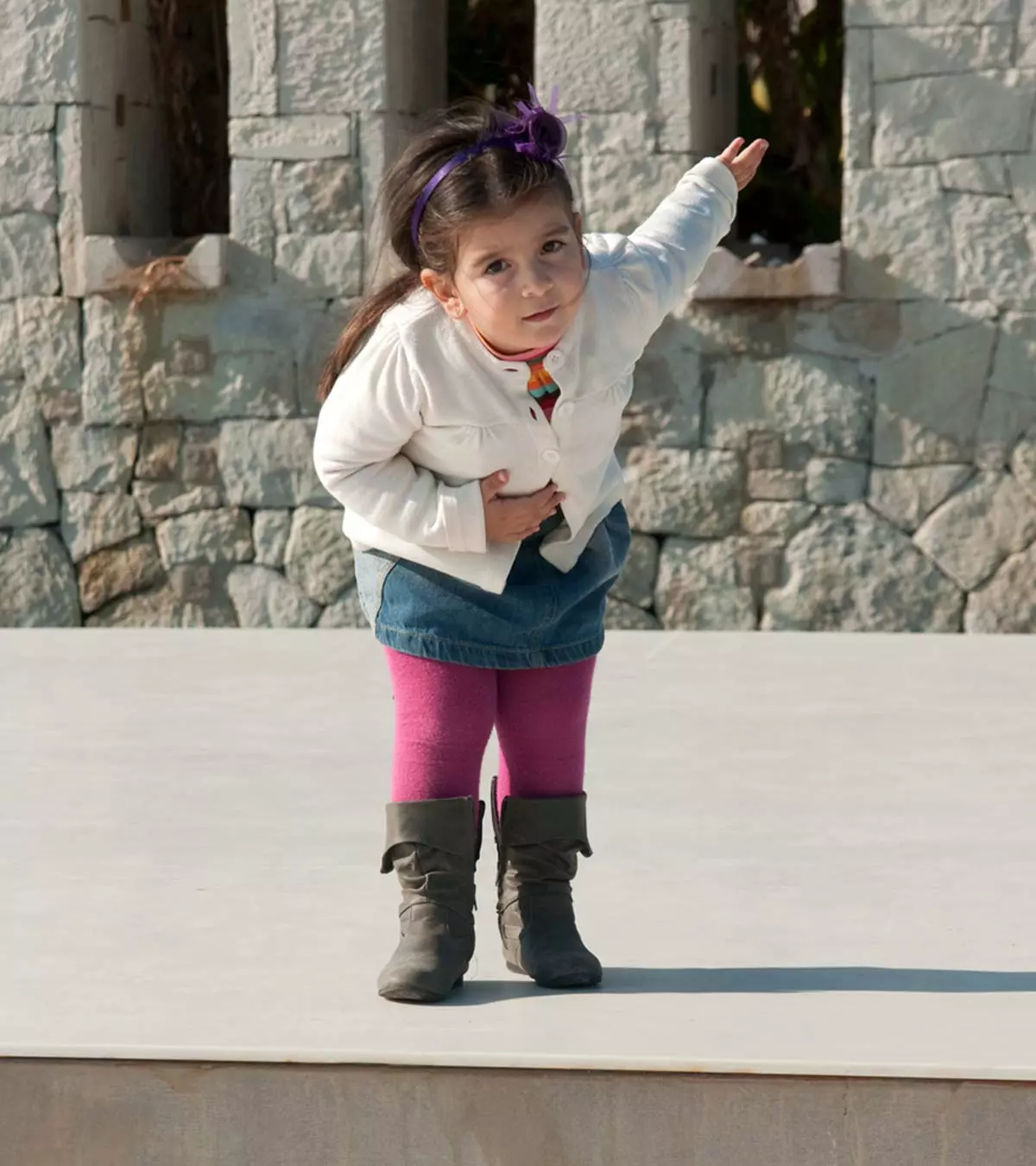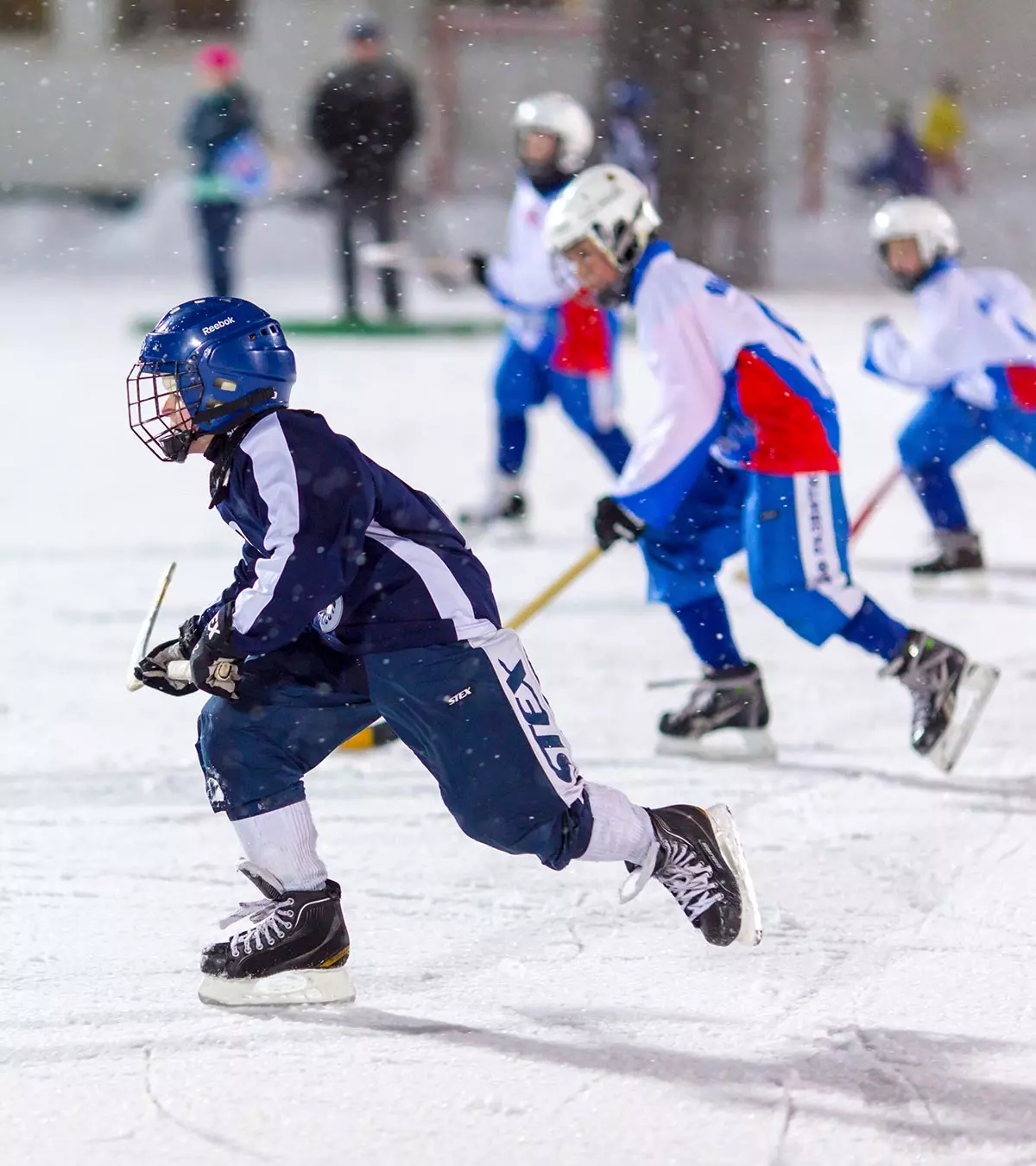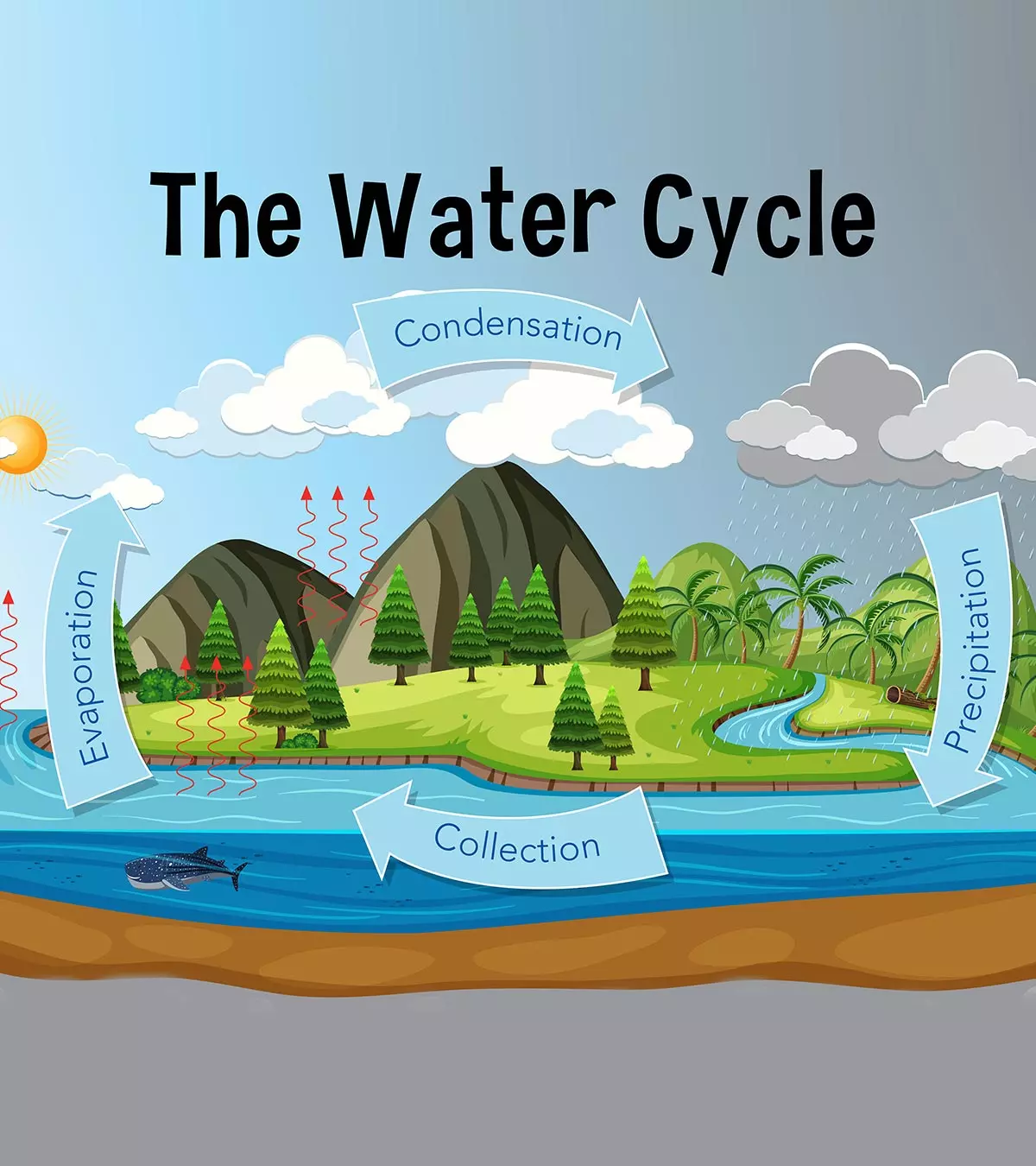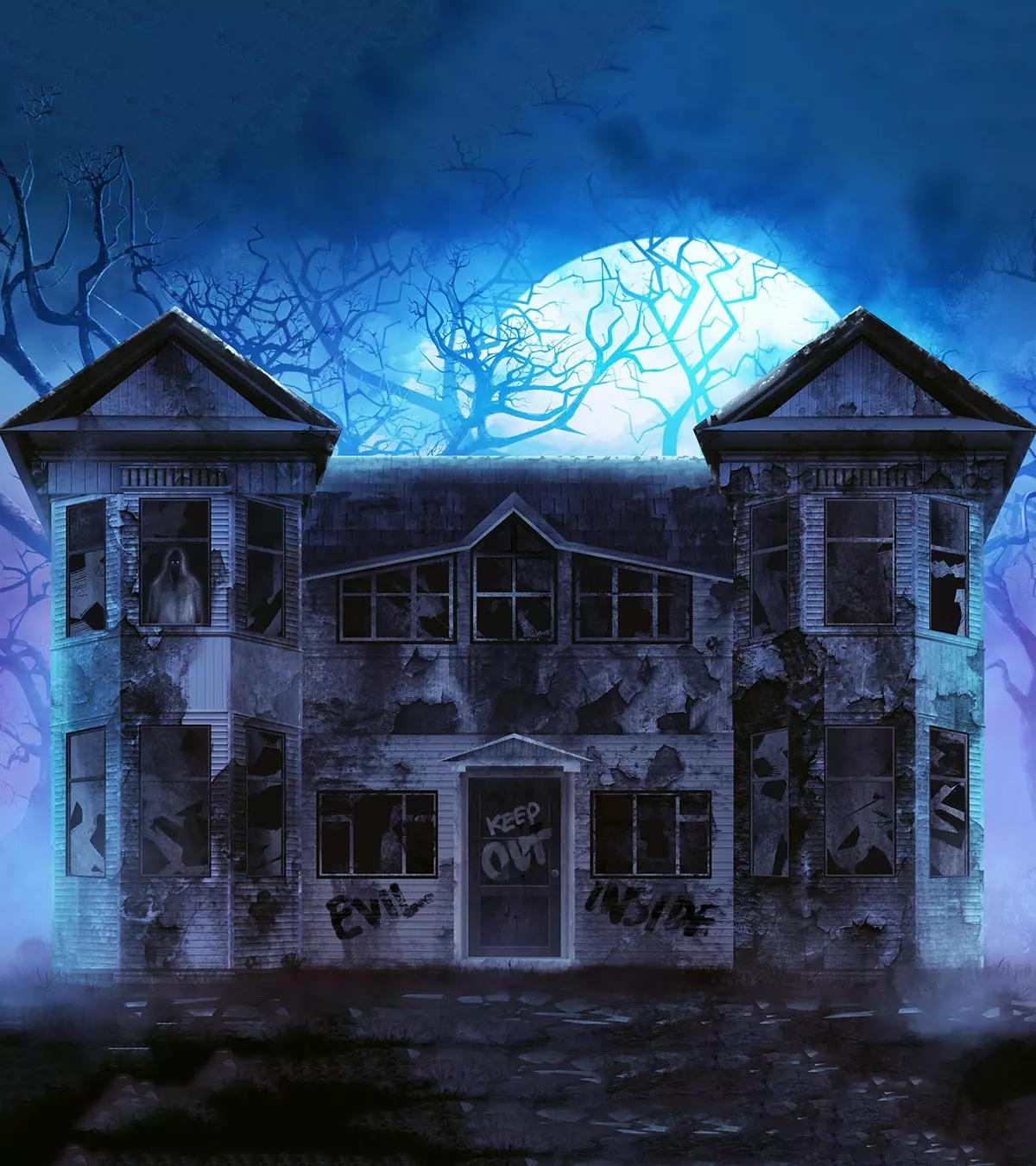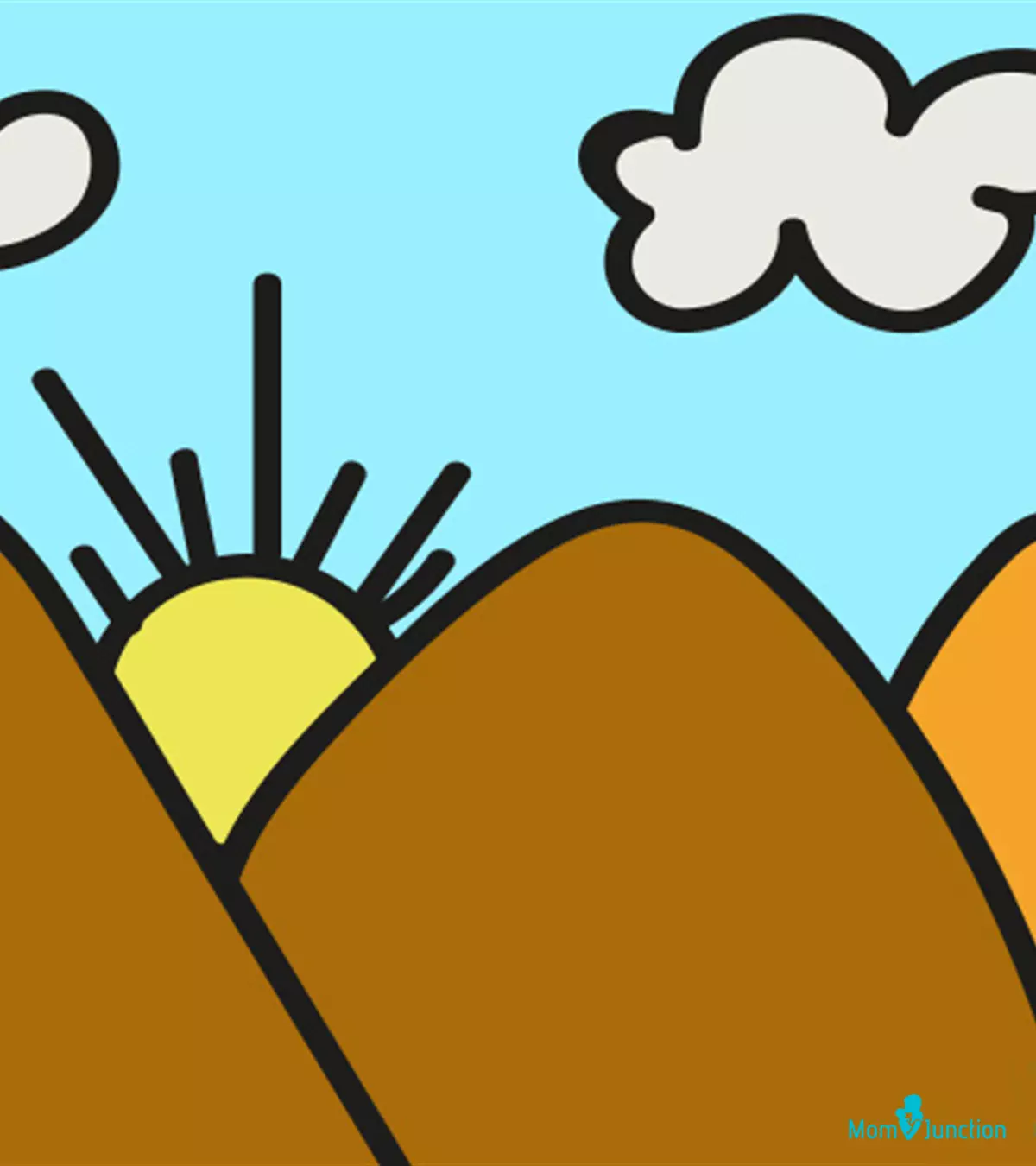
Image: MomJunction Design Team

Trees and mountains are one of the first things children try to draw while beginning their artistic stint. Mountains are giant landforms rising above the sea’s surface, typically in the form of a peak. If your child wants to learn how to draw a mountain, you are at the right place.
Mountains are a key element of breathtaking landscapes, creating stunning scenery that ranges from dry and rugged to snow-covered or lush green. In this tutorial, we will guide your child in sketching and shading to create realistic mountain formations. By depicting the intricate detail of slopes, peaks, and valleys, your child can bring these majestic hills to life on paper, creating their own masterpiece.
To draw a mountain, you will need:
- A blank canvas or high-quality drawing paper
- Pencils, sharpener, and eraser
- Color pencils
- Watercolors or non-toxic crayons
Key Pointers
- Mountains and trees are among the first things one learns when trying to try their hands on art.
- A blank canvas, pencil, eraser, sharpener, colored pencils, and non-toxic crayons are all you need to draw a mountain.
- A simple drawing includes a series of triangles of all sizes, a semicircle with vertical lines on the border resembling a sun, and some freehand clouds.
- With this, children learn about different geographic features, develop cognitive skills, and improve fine motor skills.
How To Draw A Mountain: Easy Step By Step Guide
Step 1:
To draw a mountain, start by drawing a freehand triangle on a blank paper. Keep the triangle slightly curved at the top to create the structure of a mountain.
 Quick fact
Quick fact
Step 2: Add another small triangle on the left of the first mountain, as shown in the picture.

Step 3: Now draw a bigger mountain on the right side of the already drawn mountains. The beauty of nature is that nothing is perfect. Therefore, the size and shape of your mountains can be imperfect too.
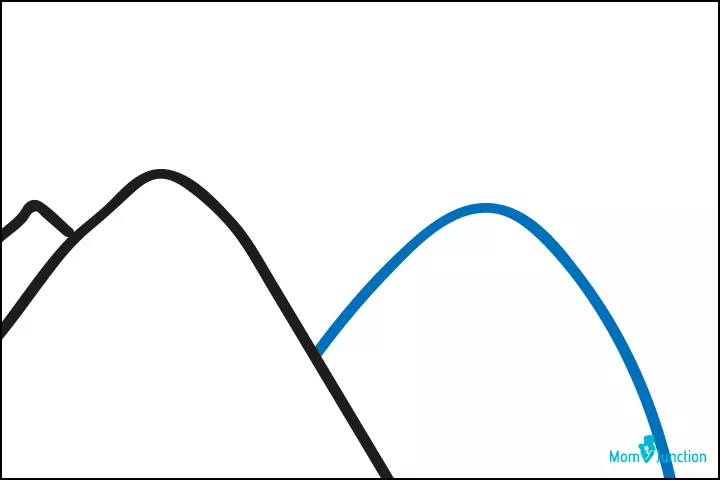
Step 4: In this step, draw mountains in the background to make it look complete.
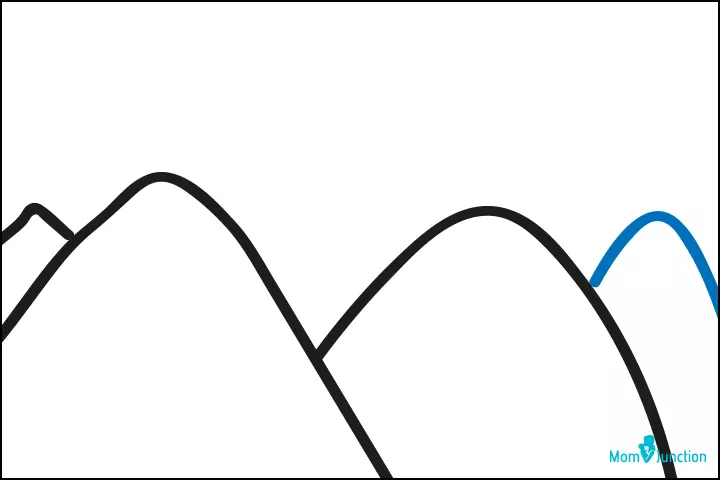
Step 5: To complement your mountains drawing, add a sunrise to them. For drawing a sun, doodle a semicircle rising from the middle of the mountains. Follow the picture for reference.
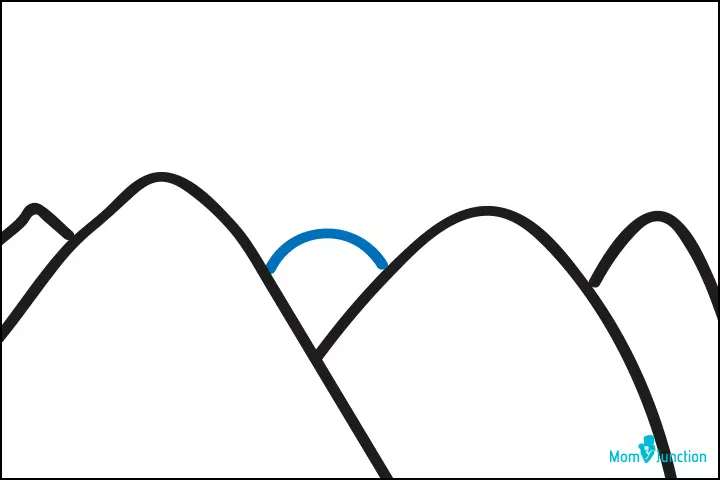
Step 6: Now, draw a few vertical lines on the top of the semi-circle, to appear as sun rays.
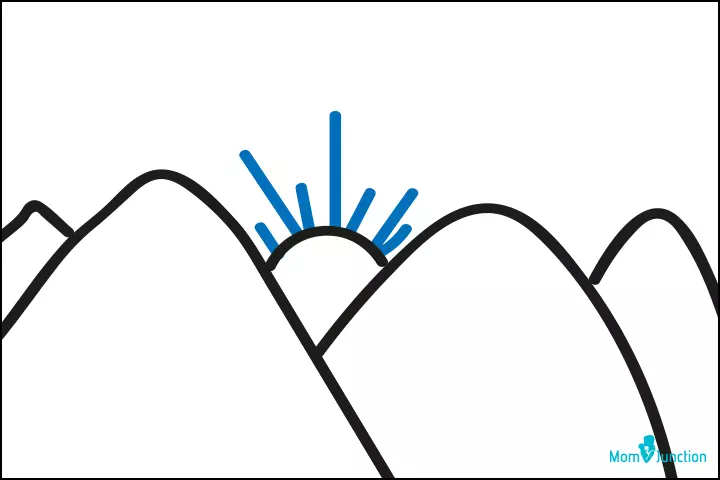
Step 7: The drawing of a mountain and sunrise remains incomplete without clouds. So draw a freehand cloud on the left as presented in the picture.
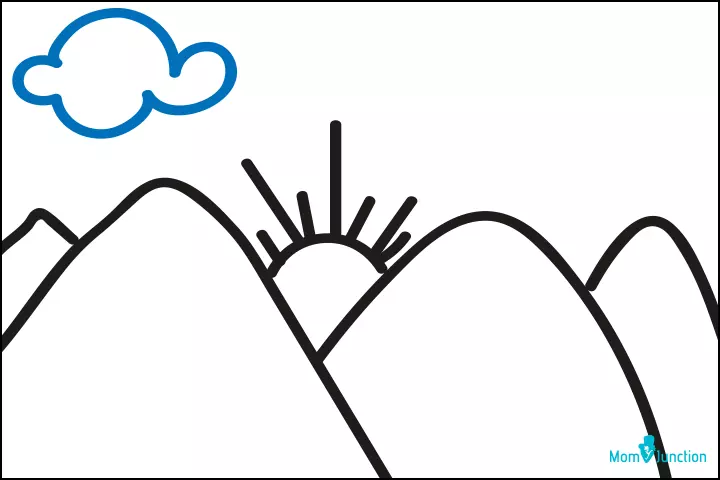
Step 8: Repeat drawing a cloud on the right side of the mountain’s pencil drawing.
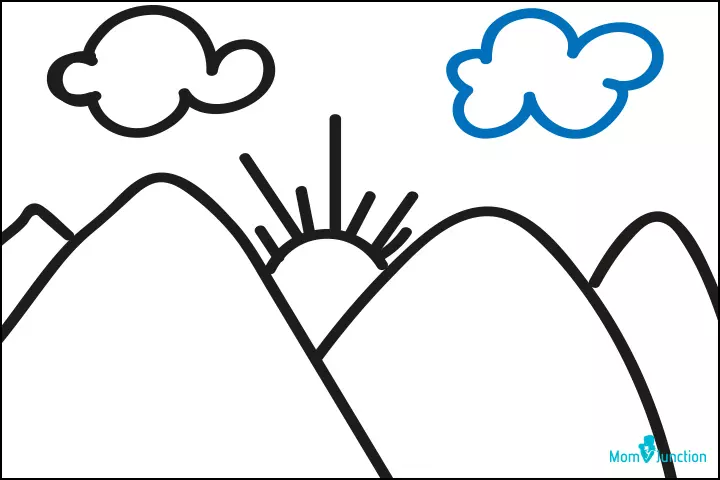
 Quick Tip
Quick TipStep 9: In the final step, color the mountains in natural shades of brown and green, sun in yellow or orange and clouds in white and blue. You may also use lighter and darker shades of brown and green to add dimensions to the mountains, depending on which side is closer to the sun and which is farther away.
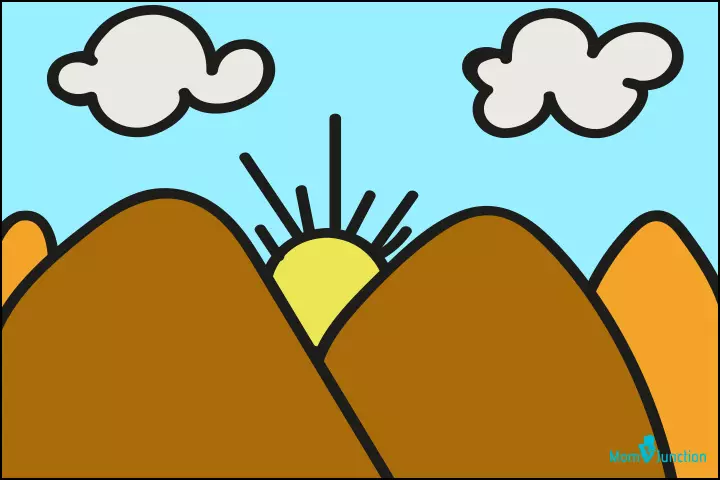
Illustration: How To Draw A Mountain? A Step-By-Step Tutorial For Kids

Image: Stable Diffusion/MomJunction Design Team
Frequently Asked Questions
1. What cognitive skills do children develop by practicing mountain drawing?
Practicing mountain drawing can help with the various stages of drawing development in children and develop their cognitive skills. When drawing a mountain, a child makes shapes, lines, and coloring, which requires hand and finger movements, thus helping improve fine motor skills. This activity also improves children’s creative skills, attention to detail, memory, and visual perception as they observe, memorize, and replicate shapes, images, colors, and textures (1).
2. How can mountain drawing help children understand spatial relationships and perspective?
Spatial thinking in children develops with age, and drawing a mountain can help children understand its concepts and relationships. When drawing a mountain, children learn the concept of space and learn how the smaller objects or drawings are farther and larger objects are nearer (2).
3. Why is it valuable for kids to learn about different types of mountains and their features through drawing?
Drawing different types of mountains can help children learn about different types of geographic features of a mountain, such as valley mountains, peaks, slopes, elevation, etc. Thus, the simple drawing activity can be used as a geography lesson, turning fun into learning.
4. Why is encouraging kids to draw mountains a way to foster their appreciation for the natural world?
To draw a mountain, children must first observe nature, their surroundings, and the scenic beauty around them. Thus, this art will allow them to interact with nature and appreciate its beauty.
5. What is the most common mistake to avoid when drawing mountains?
The most common mistake kids make while drawing mountains is making all the mountains the same size and shape. Encourage your kids to look at pictures of mountains so they don’t make them look too symmetrical and can add unique features for a more realistic drawing.
Children may become really eager to know how to draw a mountain, especially when they have just seen one in real or in pictures or movies. This step-by-step tutorial shows you the easiest way to help your child in their artistic journey. Tweak the steps to create snowy mountains or one with greenery. Encourage them to try their hands on outlining and then painting, and keep practicing to improve. And once your child gets the hang of this activity, you could introduce them to different drawing ideas for kids.
Infographic: Simple Guide To Draw A Mountain For Children
Helping children to draw a mountain is one of the easiest ways to incorporate making shapes, lines, and creativity. The following infographic gives detailed instructions for children to make a perfect landscape background of mountains. So, refer to the steps below to pen down an easy yet majestic illustration of mountains on paper.
Some thing wrong with infographic shortcode. please verify shortcode syntaxReferences
- Zubair Hina; (2010); Use of Art/Art Work and Cognitive Skill for the Rehabilitation of Special Children of 4-9 Years of Age.
https://files.eric.ed.gov/fulltext/EJ1137145.pdf - Katie A. Gilligan; (2025); Make Space: The Importance of Spatial Thinking for Learning Mathematics.
https://kids.frontiersin.org/articles/10.3389/frym.2025.00050
Community Experiences
Join the conversation and become a part of our nurturing community! Share your stories, experiences, and insights to connect with fellow parents.
Read full bio of Erin DeCarlo
Read full bio of Harshita Makvana
Read full bio of Deepa Thomas






